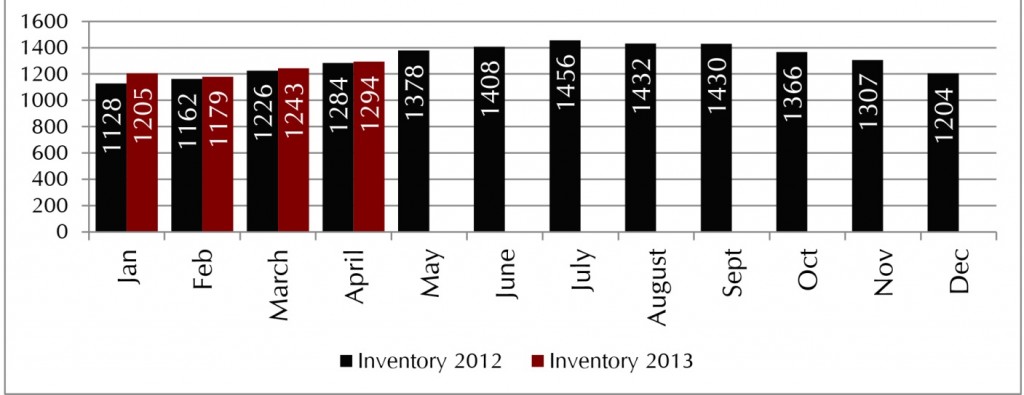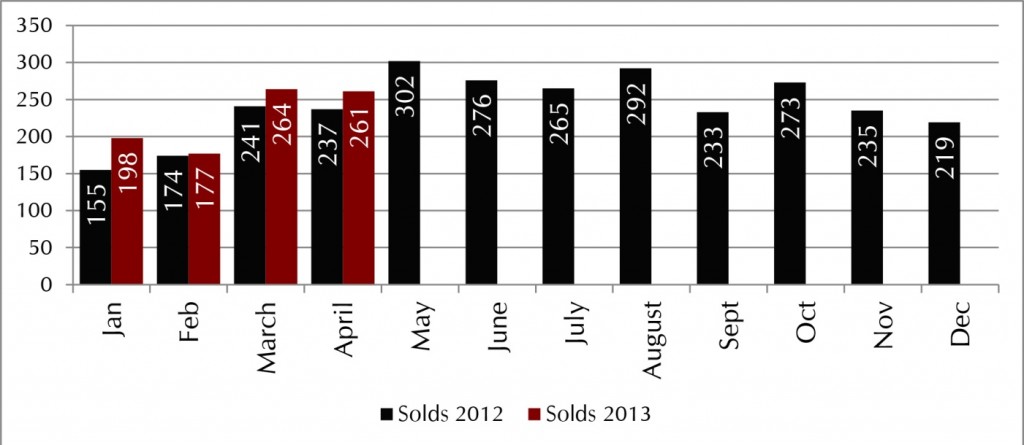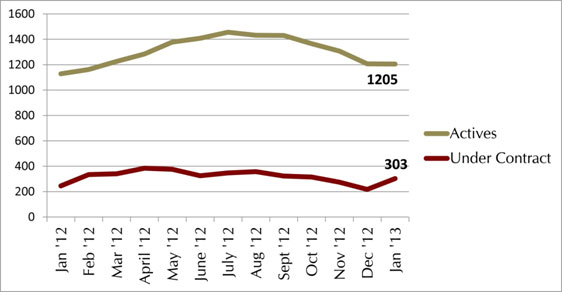When buying any kind of real estate you want to make sure that you are making a good investment because you never know when you might need to sell it, whether that be a single family home, condo, or even raw land.
That being said we have all heard the expression location…location…location when considering a piece of real estate to invest in as if the location of the property is ideal, demand should always be high and therefore, will return a higher price than property in a not-so-desirable location. While this is absolutely critical there are a few other things to consider before making what could be a very smart or a disappointing real estate purchase. Although location is still at the top of the list, there are two other critical points to consider.
A real estate buyer or investor must also answer the questions “Who is buying?” and “What is the health of the community they are buying into?” These two factors are often overlooked but they are essential for making a wise real estate purchase.
An area like the Tri-Cities of Richland, Pasco, and Kennewick are perfect for many types of buyers – critical to note when deciding where to buy. The “Who is buying?” question is important because the more types of buyers that can buy in a particular area means there will be higher demand when you go to sell and that always equates into higher sales prices. The demand in Tri-Cities is high due to it being a great place to raise a family, start a new business, retire or purchase a second home, not to mention the wealth of recreational opportunities that abound. This is a wonderful recipe for high demand and higher sales prices.
The other thing to look at when buying is the health of the community. Variables to consider include:
- Is the area growing?
- Are the available jobs in the area tied to a variety of industries?
- What natural resources are readily available?
- Are the health care system and school systems highly rated?
According to the Tri-Cities tourism bureau, we have a strong school system, virtually no traffic congestion, growing health care, low crime rate and annual precipitation of less than seven inches. All of this along with its varied recreational activities and incredible weather makes it a perfect place to invest in real estate.
The Tri-Cities visitors and convention bureau says it best with their “Water, Weather and Wine” slogan. There is no question that the Tri-Cities is rich in each of these areas and makes it a very attractive investment location.
If you are considering investing in the area and would like additional information, please contact Jessica Johnson at Referred Real Estate at (509) 947-2230 or Jennifer Cowgill at (509) 947-5670.







